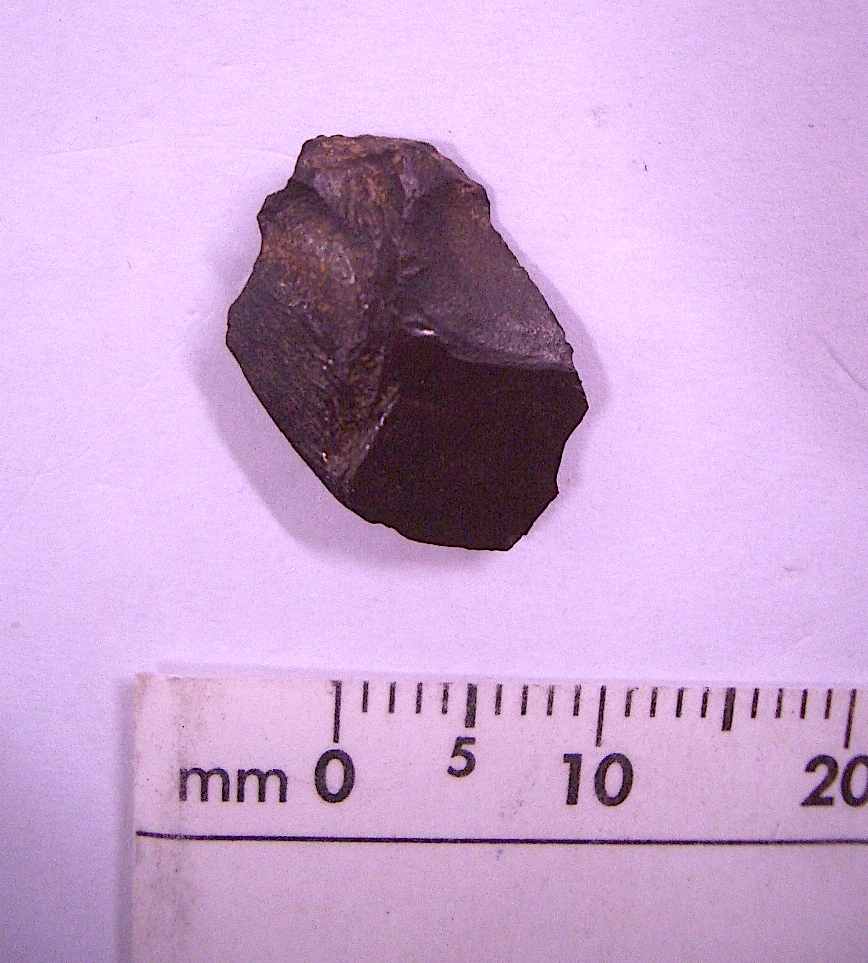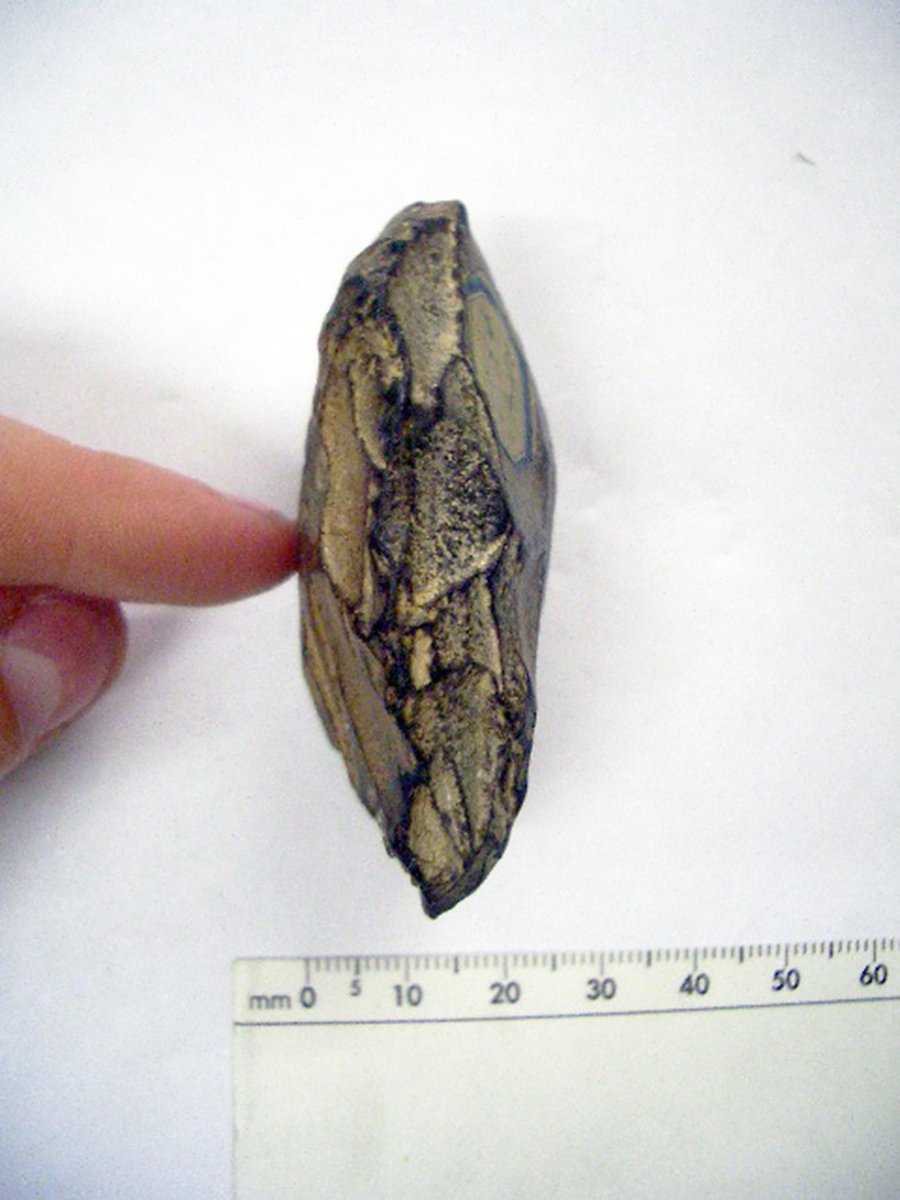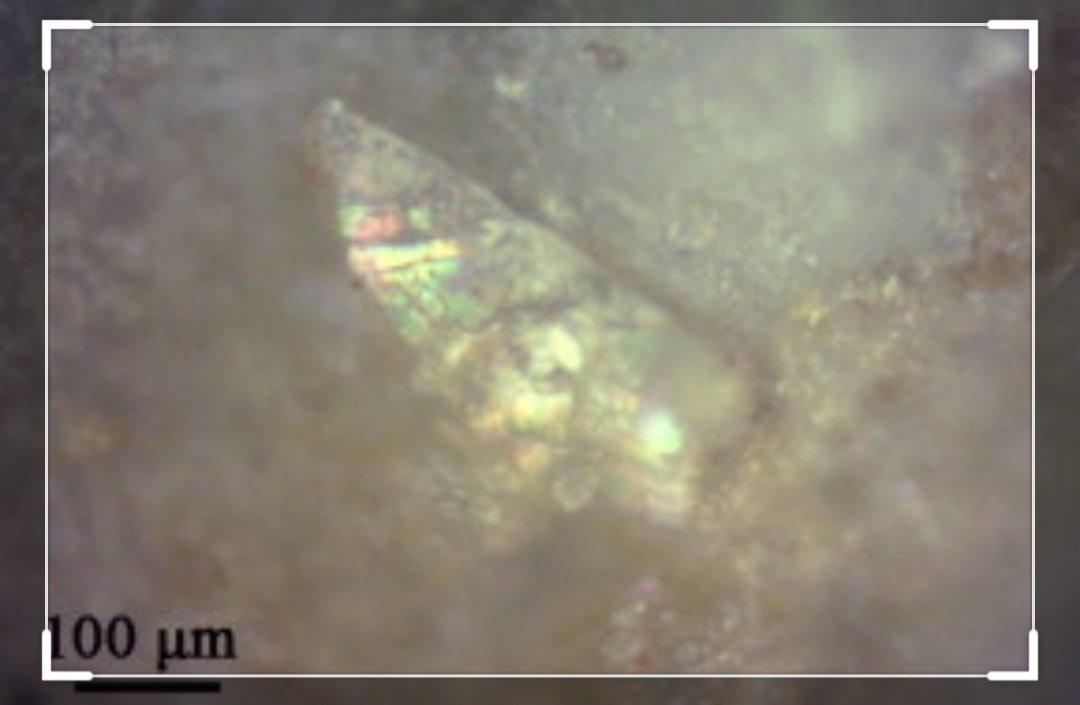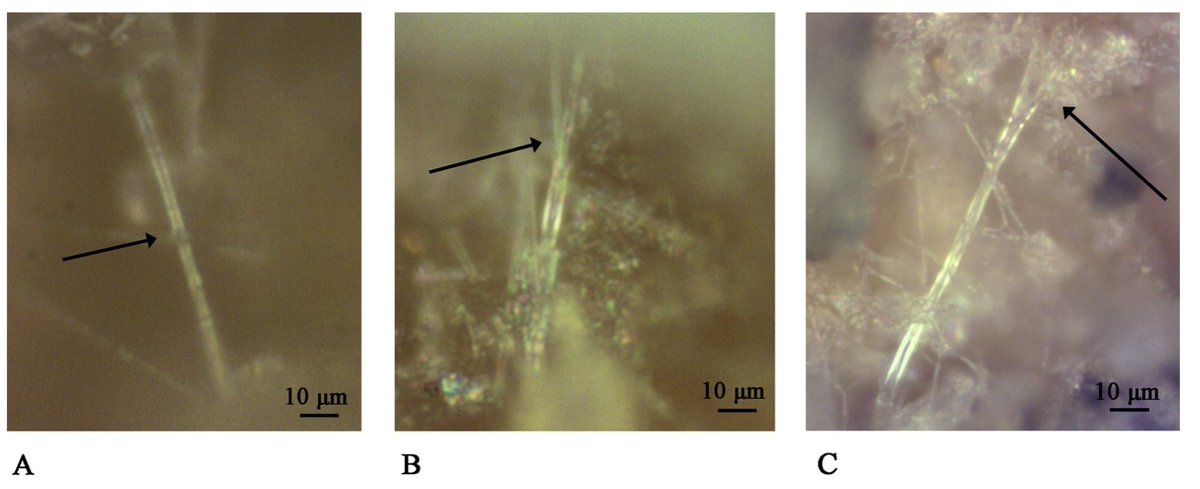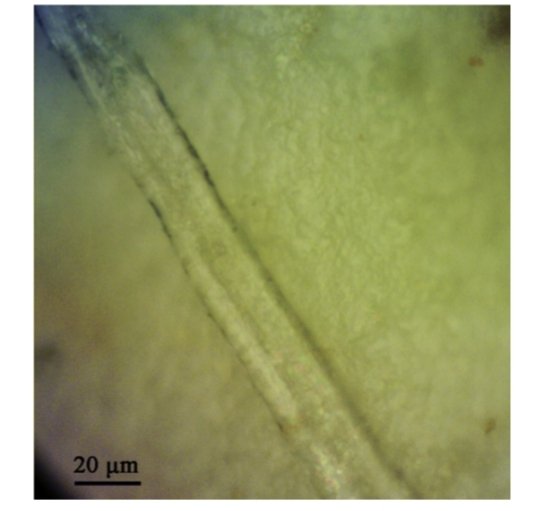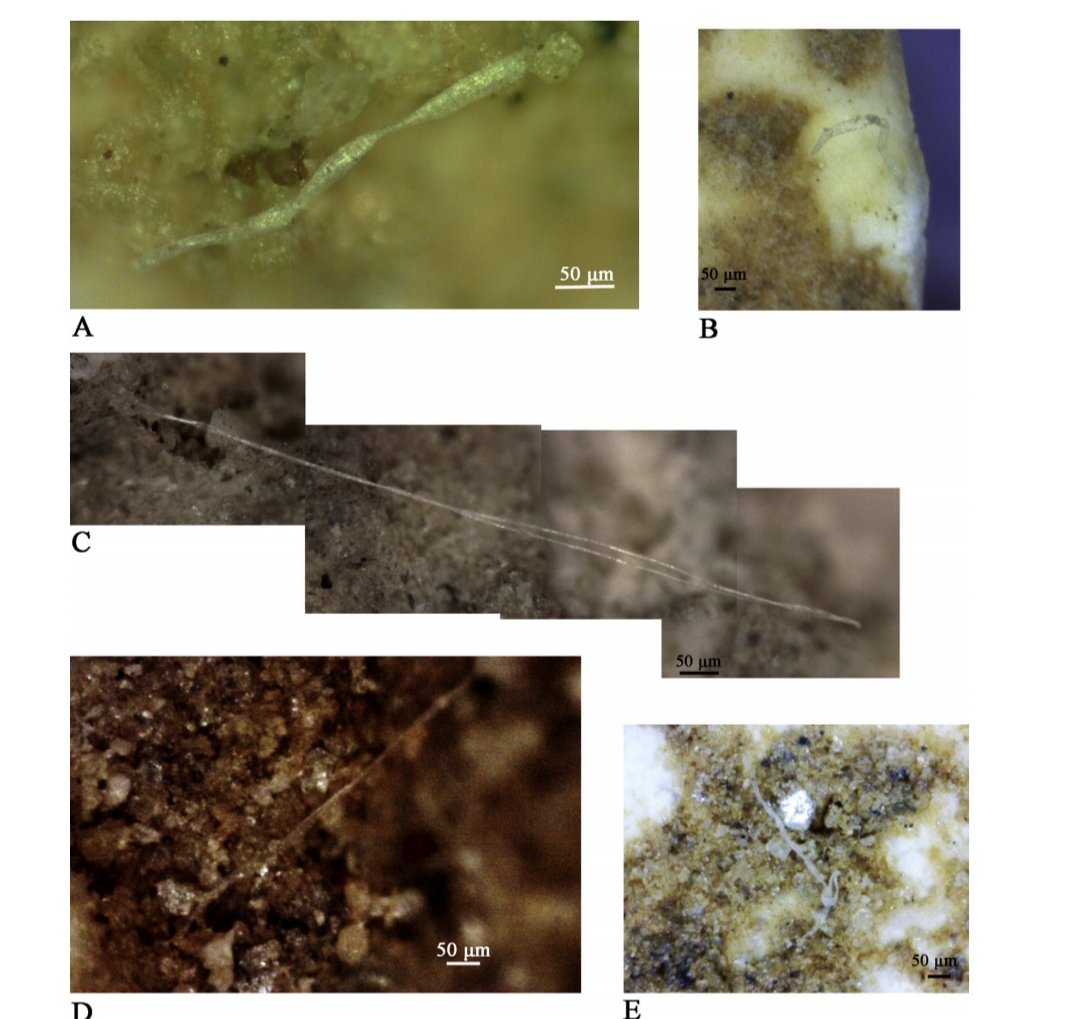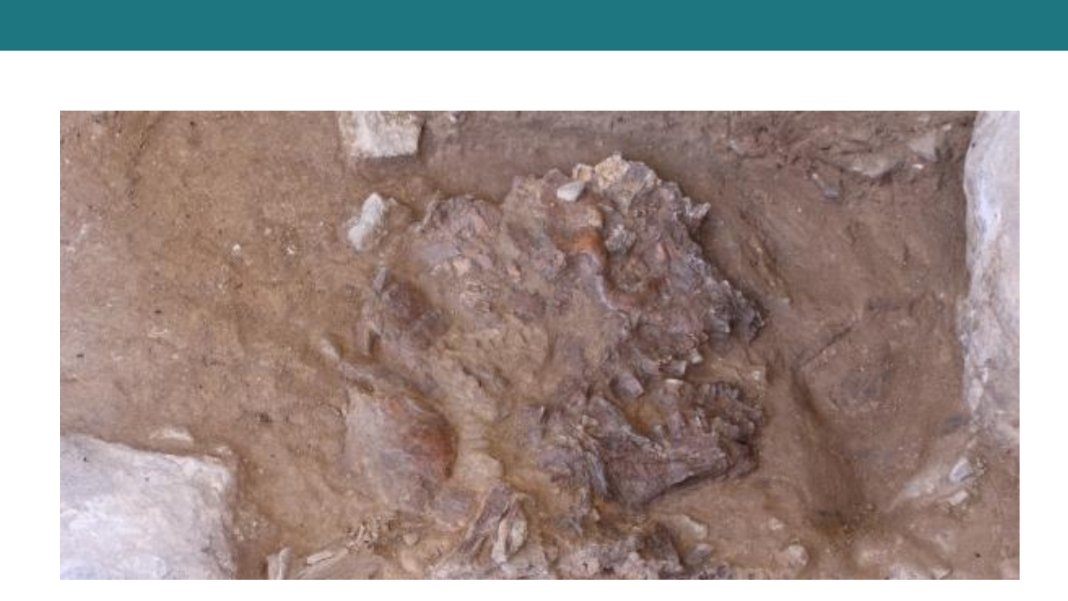Been pondering a lot since the new #HomoNaledi articles & #CaveOfBones film came out.
While I’m thinking of writing something longform, am also now sharing specific thoughts on #RisingStar interpretations as a 🧵:
- Access
- Fire
- Burial
- Aesthetics



While I’m thinking of writing something longform, am also now sharing specific thoughts on #RisingStar interpretations as a 🧵:
- Access
- Fire
- Burial
- Aesthetics



A few things at the outset: Palaeolithic archaeology is HARD; cave archaeology especially, & mortuary archaeology in caves even trickier.
Rising Star is fascinating, exciting, perplexing, and immensely challenging logistically not just to dig but to study & explain.



Rising Star is fascinating, exciting, perplexing, and immensely challenging logistically not just to dig but to study & explain.



Even after a decade of work in Rising Star, it's difficult to make judgment on current claims for fire, burials & art presented both academically & in public settings e.g. #CaveOfBones film, because much relevant data is not available.
This thread explores what I see as key Qs.
This thread explores what I see as key Qs.

Comments on cave access:
What were access possibilities into the deep chambers in Rising Star?
How was Naledi getting in? Was Naledi’s access unique?
[pics of Chute from #CaveOfBones]




What were access possibilities into the deep chambers in Rising Star?
How was Naledi getting in? Was Naledi’s access unique?
[pics of Chute from #CaveOfBones]




Comments on fire: considering available information and potential agents of fire.
[pics: Lesedi wall area, burnt area and Dragon's Back burnt bones from #CaveOfBones]




[pics: Lesedi wall area, burnt area and Dragon's Back burnt bones from #CaveOfBones]




Comment on claimed burials:
What are means of accumulation for all
Naledi remains?
Are there different processes in Dinaledi vs Lesedi?
What is evidence of intentional inhumation, & are other possibilities available to explain?
[pics: #CaveOfBones and Nel et al 2021




What are means of accumulation for all
Naledi remains?
Are there different processes in Dinaledi vs Lesedi?
What is evidence of intentional inhumation, & are other possibilities available to explain?
[pics: #CaveOfBones and Nel et al 2021




Comment on markings and ’tool’:
Are identified areas demonstrably different to geological surfaces?
Are rocks uncommon in Dinaledi?
What is evidence for a tool, & for a connection to other cultural traces?
[pics: natural wall in cave & 'tool-shaped rock' , from #CaveOfBones]




Are identified areas demonstrably different to geological surfaces?
Are rocks uncommon in Dinaledi?
What is evidence for a tool, & for a connection to other cultural traces?
[pics: natural wall in cave & 'tool-shaped rock' , from #CaveOfBones]




Comment on cave access post-Naledi: Were other hominins including Homo sapiens able to access the caves in later periods, potentially being wholly or in part responsible for fire traces or other features?
[Pic: cave scan Kruger et al 2016)


[Pic: cave scan Kruger et al 2016)


As a #Neanderthal researcher, I understand well issues of expectation & bias when considering other hominins. But their 165 yr history of study shows that, as we developed understanding of taphonomic complexity, critique & conservatism always needed: bones in holes ≠ burials.






Today, some #Neanderthal mortuary behaviour has been dismissed, some broadly accepted for intentional interring of bodies and other diverse behaviours, and there are some locales where we’ve reached the limit of interpretation with available data. Same thing with aesthetics.








A guarded approach as with claims for burial or aesthetics in Neanderthals doesn't mean ignoring possibilities, but demanding strong evidence.
Lack of proof for some ‘complicated’ behaviours doesn't make Neanderthals or Naledi uninteresting.
[pics: Real Nean CBC & #CaveOfBones]


Lack of proof for some ‘complicated’ behaviours doesn't make Neanderthals or Naledi uninteresting.
[pics: Real Nean CBC & #CaveOfBones]


Final comments:
I look forward to further publications (described as forthcoming by team) on site formation & taphonomy, which are vital to understanding what exactly Homo naledi was doing in the Rising Star caves, together with the revised versions of their 2023 pre-prints.
I look forward to further publications (described as forthcoming by team) on site formation & taphonomy, which are vital to understanding what exactly Homo naledi was doing in the Rising Star caves, together with the revised versions of their 2023 pre-prints.
In choosing to comment publicly, just as in open & signed peer reviews, I do so believing constructive critique is shared with a spirit of collaborative improvement, towards the scientific pursuit of knowledge.
• • •
Missing some Tweet in this thread? You can try to
force a refresh







